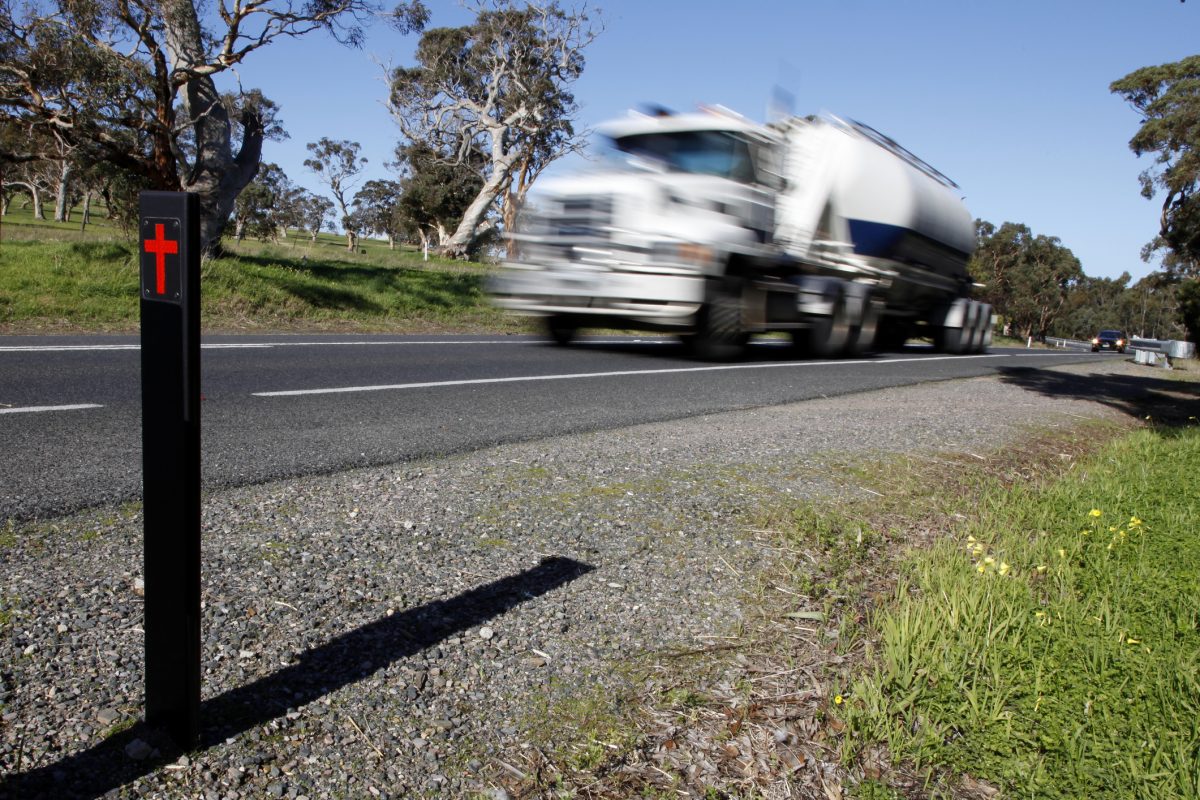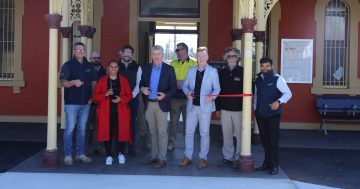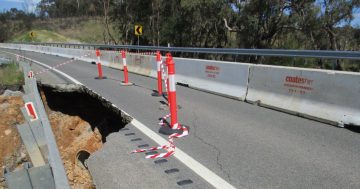
So far in 2023, 210 people have died on NSW roads. Photo: File.
More than 200 people have already lost their lives on NSW roads so far in 2023 and there have been almost 10,000 serious injuries in the past 12 months.
With numbers on the rise, the State Government is asking communities to develop local solutions.
So, what would you do to improve safety on our regional roads and streets? And before you point the finger and say “Fix the potholes”, this is not about local government, the question is: What would YOU do? What can WE do at a grassroots level?
Transport for NSW has launched another round of Community Road Safety Grants to back locals with ideas to improve safety and reduce road trauma.
It’s a chance for community-based organisations, charities and not-for-profits to think outside the box and come up with local solutions.
“The aim of this program is to support not-for-profit community groups address road safety issues unique to their local communities,” said Transport for NSW’s Sally Webb.
“By delivering targeted programs at the grassroots level, communities increase road safety awareness and promote safer behaviours on our roads.
“Two categories of funding are available, up to $5000 and up to $30,000, in round nine of the Community Road Safety Grants program.
“I encourage local community organisations with ideas on how to improve road safety in their local area to apply.”
Transport for NSW has invested more than $2.7 million in the program since 2015 and has funded more than 200 projects across the state.
The Clontarf Foundation was a recipient in 2022 for its program supporting young Aboriginal men to get their driver’s licence with safety sessions and lessons.
“We just want to support the boys so they can get to work, get to training and go see family, and that wouldn’t have been made possible if it wasn’t for this grant money,” said Clontarf’s Tyson Muscat.
“They’re gonna have support on the road with their driving because a lot don’t really have a lot of support at home.”
Other communities have hosted road safety events for migrants and refugees who are having to rapidly adjust to a new way of life.
Anglicare North Coast focused on supporting women to navigate pathways to what it called “the three Es” – Education, Employment and Empowerment – and provided culturally and linguistically accessible road safety education.
In the case of Rohingya refugees from Myanmar, many have lived in a non-motorised society with only limited interaction with road networks and little understanding of road safety as drivers or pedestrians.
“We conducted four workshops that covered topics such as NSW road rules and signage, fatigue, accompanied road crossing, and child car seats,” explained Dr Sabrin Farooqui from the Cultural Diversity Network.
“We were very appreciative of the investment … we have helped this disadvantaged community understand more about road safety.”
Healthy Cities Illawarra was a recipient of the $30,000 grant in 2022 and invested in a local media campaign around bike safety.
“We have seen impressive results in population samples indicating improved attitudes towards cyclists and decreased annoyance, helping to foster a safer environment for people who ride bikes,” said CEO Kelly Andre.
So, what needs do you see in our area?
Applications for the 2023 round of grants are now open, and you can find out more here.
Original Article published by Chris Roe on Region Riverina.
















